17 Enchanting Flowers to Brighten Your Vegetable Garden
Flowering plants can transform ordinary vegetable gardens into vibrant, colorful landscapes bursting with natural beauty and ecological harmony.
Gardens are not just about producing vegetables; they represent living canvases where aesthetic appeal meets functional sustainability.
Companion flowers serve multiple purposes beyond visual charm, attracting beneficial pollinators and creating protective environments for vulnerable vegetable crops.
These botanical companions work silently yet powerfully, enhancing soil health and providing natural pest management strategies for gardeners.
Strategic flower selection can dramatically improve overall garden ecosystem dynamics, creating symbiotic relationships between different plant species.
Gardeners who understand the intricate dance of floral integration can develop more resilient and productive growing spaces that delight both human caretakers and local wildlife.
White Clusters Pollinator Paradise Garden
Sweet alyssum captivates gardeners with its delicate charm and remarkable benefits for ecosystem balance.
Clusters of miniature white, purple, or pink blossoms create a gentle carpet that beckons beneficial insects like ladybugs and butterflies to your outdoor spaces.
Resilient and adaptable, this plant thrives in various climates, from cool regions to damp environments, making it an ideal companion for novice and experienced gardeners alike.
Alyssum's low-growing nature allows it to spread gracefully across garden beds, rock gardens, and containers, providing a stunning ground cover.
Minimal maintenance requirements mean you can enjoy its beauty without extensive gardening expertise.
Pollinators adore its nectar-rich flowers, which support local bee populations and enhance overall garden health.
Drought-tolerant and easy to grow from seeds, alyssum offers a simple solution for adding texture and life to landscape designs.
Blue Borage Blossoms Buzz Garden
Borage stands out as a garden gem, attracting pollinators with its stunning azure blossoms that sparkle amid green foliage.
Culinary enthusiasts appreciate its unique cucumber-like flavor, which enhances salads, cocktails, and garnishes with a fresh, unexpected twist.
Edible leaves and flowers provide both visual appeal and a crisp taste that transforms ordinary dishes into extraordinary experiences.
Home cooks can easily grow borage in containers or garden beds, making it an accessible herb for novice and experienced gardeners alike.
Mediterranean regions originally cultivated this plant, which now grows worldwide due to its versatility and low-maintenance nature.
Nutritionally, borage contains gamma-linolenic acid, an omega-6 fatty acid with potential health benefits.
Dahlia Radiance: Summer Color Symphony
Dahlias burst with vibrant colors and intricate petal patterns, capturing garden enthusiasts' hearts with their dramatic blooms lasting up to three months.
Native to Mexico, these spectacular flowers range from petite pompom shapes to massive dinner plate sizes, offering gardeners incredible variety and visual drama.
Pollinators like butterflies and bees adore dahlia gardens, making them essential for supporting local ecosystem health and vegetable crop pollination.
Successful dahlia cultivation requires strategic placement in full sun with well-draining, nutrient-rich soil that provides consistent moisture without waterlogging roots.
Regular deadheading encourages continuous flowering and prevents plants from diverting energy into seed production.
Purple Pansies Blooming Garden Magic
Pansies burst with delightful colors, ranging from deep purples to sunny yellows, making them a gardener's dream companion plant.
These charming flowers thrive in cool weather, flourishing from autumn through early spring with remarkable frost resistance.
Vegetable gardens benefit tremendously from their presence, as pansies help retain soil moisture while offering an unexpected edible bonus.
Culinary enthusiasts love harvesting pansy petals to garnish salads, desserts, and cocktails with their delicate, slightly sweet flavor.
Native to Europe and Western Asia, these hardy flowers belong to the violet family and adapt beautifully to various climates.
Botanical experts recommend selecting compact varieties for consistent blooming and optimal garden performance.
Lavender Purple Sanctuary Pest Shield
Lavender brings magical charm to gardens, offering stunning purple blooms that create peaceful outdoor spaces while naturally protecting against pests like deer, ticks, and moths.
Mediterranean regions originally cultivated this incredible herb, which thrives in well-draining soil and full sunlight conditions.
Aromatic essential oils make this plant incredibly versatile for home remedies, cooking, and aromatherapy applications.
Proper planting requires selecting sunny locations with sandy, alkaline soil that ensures optimal growth and flowering potential.
Pruning techniques help maintain compact shapes and encourage robust blooming throughout summer months.
Varieties like English, French, and Spanish lavender provide different heights, colors, and fragrance intensities for landscape design.
Small pollinators such as bees and butterflies especially love these delicate flowers, making lavender an excellent choice for ecological garden environments.
Soft Lavender Sweet Peas Bloom
Sweet peas dazzle gardeners with their breathtaking colors and delicate tendrils that climb trellises and fences with graceful charm.
Native to Mediterranean regions, these ornamental flowers attract pollinators like bees and butterflies, creating a vibrant garden ecosystem.
Heirloom varieties offer stunning shades of pink, purple, white, and deep crimson that transform garden spaces into living art galleries.
Climbing varieties can reach impressive heights of six to eight feet, making them perfect for vertical gardening and small spaces.
Planting seeds in early spring provides the cool temperatures these delicate flowers require for optimal germination and growth.
Most sweet pea varieties prefer full sun and well-draining soil, thriving in regions with mild winters and cool summers.
Golden Guardians of Garden Harmony
Marigolds reign supreme as garden superheroes, delivering powerful pest protection and stunning visual appeal for vegetable plots across North America.
Native Mexican flowers boast remarkable qualities that make them essential companion plants for gardeners seeking natural pest management strategies.
Garden enthusiasts love how these resilient flowers create protective barriers against destructive insects while simultaneously enriching soil conditions for nearby crops.
Bright orange and yellow blossoms naturally repel nematodes, aphids, and other problematic garden invaders with their distinctive aromatic compounds.
Small but mighty marigolds work silently underground, releasing chemical signals that discourage harmful organisms from damaging vulnerable vegetable roots.
Scientific research confirms marigolds' effectiveness as biological pest control agents in sustainable agricultural practices.
Orange Daylilies Dancing Through Gardens
Daylilies captivate gardeners with their remarkable versatility and stunning appeal across diverse landscapes.
Native to Asia, these robust perennials produce trumpet-shaped flowers in spectacular color ranges from soft yellows to deep burgundies.
Pollinators like bees and hummingbirds adore their nectar-rich blossoms, which continuously bloom from spring through late summer.
Their impressive height and dense foliage provide excellent ground cover, naturally suppressing unwanted garden weeds.
Most varieties grow between two to four feet tall, creating dramatic visual interest in vegetable gardens and landscape borders.
" Landscape designers recommend planting multiple varieties to ensure continuous color and ecological support throughout the growing season.
Golden Blooms: Garden’s Pest-Fighting Companions
Pot marigolds burst with vibrant orange petals that enliven gardens and culinary creations, offering both aesthetic charm and practical garden benefits.
Native to Southern Europe, these edible flowers pack a surprising punch of peppery flavor and natural pest-repelling properties.
Chefs appreciate their tangy, slightly spicy taste that enhances salads, soups, and garnishes with a delightful golden touch.
Mediterranean and South American cuisines frequently incorporate these blossoms in traditional recipes, celebrating their versatile culinary potential.
Rich in antioxidants and known for medicinal properties, marigolds support immune health and have been used in herbal remedies for centuries.
Cosmos Bloom Pollinator Paradise Garden
Cosmos flowers emerge as garden superstars, painting landscapes with mesmerizing colors that attract beneficial insects like green lacewings.
Native to Mexico, these resilient plants flourish in diverse garden settings, offering gardeners an effortless way to create beautiful ecosystems.
Vibrant petals ranging from soft pinks to deep crimsons dance among vegetable patches, transforming ordinary spaces into living canvases.
Green lacewings, drawn by these delicate blossoms, help control harmful garden pests naturally and efficiently.
Seeds planted in well-draining soil after the last frost develop quickly, blooming within weeks and providing continuous color through late autumn.
Their lightweight stems sway gracefully in gentle breezes, creating visual movement and texture.
Cosmos require minimal maintenance, thriving in full sun and tolerating poor soil conditions with remarkable resilience.
Golden Towers of Garden Symphony
Sunflowers radiate pure joy in gardens, towering majestically with golden petals that beckon bees and butterflies to their nectar-rich centers.
Native to North America, these magnificent plants grow rapidly and reach impressive heights between 3 to 10 feet tall.
Bold yellow blossoms create natural trellises for climbing vegetables like beans and peas, making them strategic companions in agricultural landscapes.
Their robust stems provide excellent wind protection for smaller garden plants while attracting beneficial pollinators that enhance overall crop health.
Seeds contain high protein content and essential nutrients, making them a nutritious addition to various culinary preparations.
Resilient sunflower varieties thrive in diverse climates, from scorching southwestern regions to cooler northern territories.
Lupine Lavender Blooms Landscape Symphony
Lupines paint gardens with spectacular color palettes ranging from deep purples to soft pastels, creating breathtaking landscape displays that instantly draw attention.
Native to North America, these remarkable flowers do more than beautify outdoor spaces by naturally enriching soil through nitrogen fixation, which helps neighboring plants grow stronger.
Their stunning flower spikes reach impressive heights between two to five feet, making them dramatic background elements in perennial borders or wildflower meadows.
Pollinators like bees and butterflies adore these blossoms, which emerge in late spring and early summer with remarkable consistency.
Lupine varieties include annual and perennial species, with some native types found across western mountain regions of the United States.
Spicy Orange Nasturtiums Pest Protection Garden
Nasturtiums bring pure joy to gardens with their dazzling orange, yellow, and red blossoms that dance amid green leaves.
Their peppery, slightly spicy flowers and tender leaves make fantastic additions to salads, offering a zesty flavor that chefs adore.
Seed collection becomes simple with these resilient plants, which often reseed themselves without much intervention.
Clever gardeners can accelerate germination by gently roughing up seeds with sandpaper, helping them sprout more quickly and abundantly.
Native to South America, nasturtiums thrive in poor soil conditions and require minimal care, making them perfect for both novice and experienced gardeners.
Their trailing varieties create beautiful cascades in hanging baskets or along garden edges, adding visual drama to outdoor spaces.
Petunia Garden Armor Against Pests
Petunia blooms boast trumpet-shaped petals that create stunning garden landscapes while naturally repelling harmful insects like tomato worms and leafhoppers.
Native to South America, petunias come in vibrant colors ranging from soft pastels to deep purples, making them a favorite among landscaping enthusiasts.
Their adaptable nature allows them to thrive in various soil conditions and climates, providing consistent beauty throughout growing seasons.
Simple pruning techniques and regular watering help these flowers maintain their lush appearance and continue their beneficial pest-control properties.
Planting petunias near vegetables creates a beautiful and functional garden design that maximizes both aesthetic appeal and agricultural protection.
Professional gardeners recommend positioning these flowers strategically to maximize their natural insect-repelling qualities.
Deep Blue Cornflowers Garden Companion
Bold blue cornflowers bring spectacular garden magic to vegetable landscapes, attracting crucial pollinators with their enchanting blossoms.
Native gardeners treasure these hardy annuals for their incredible resilience and low-maintenance personality.
Blooming magnificently from May through mid-July, these flowers create visual drama without demanding extensive care.
Robust plants stand strong against most pest challenges, ensuring healthy growth in diverse climate conditions.
Cornflowers originated in Europe and quickly spread worldwide due to their adaptable nature and stunning azure coloration.
Seeds planted in early spring develop quickly, providing rapid landscaping rewards for eager cultivators.
Mediterranean and European gardens especially showcase these remarkable blue blossoms as decorative and functional botanical additions.
Autumn’s Copper Chrysanthemum Garden Shield
Hardy mums burst with vibrant autumn colors, creating a stunning display on porches and garden edges across North America.
Native to China and Japan, these resilient chrysanthemums thrive in cool weather and attract pollinators with their dense, round flower clusters.
Strategic placement near marigolds and petunias helps protect them from harmful insects and boosts their overall health.
Sunlight plays a crucial role in their growth, with most varieties preferring at least six hours of direct exposure daily.
Decorative options range from deep burgundy to pale yellow, allowing you to match your outdoor aesthetic effortlessly.
Potted or planted directly in garden beds, mums provide a spectacular seasonal backdrop for fall landscapes.
Their robust root systems ensure they return year after year, making them a reliable and beautiful addition to any garden space.
Pollinator Paradise: Zinnia’s Colorful Beetle Magnet
Zinnia flowers dazzle gardeners with their spectacular rainbow-like palette, attracting pollinators like bees and hummingbirds that swirl between delicate petals.
Native to Mexico, these hardy annuals thrive in full sunlight and well-draining soil, making them perfect for summer gardens and cutting arrangements.
Their diverse varieties range from compact dwarf plants to towering stems reaching several feet high, offering options for every landscape design.
Japanese beetles find zinnias particularly enticing, which strategically draws these pests away from more vulnerable plants nearby.
Established zinnias require minimal maintenance, tolerating heat and drought conditions with remarkable resilience.
Flower colors span from soft pastels to intense oranges, reds, and purples, creating stunning visual displays that transform garden beds.

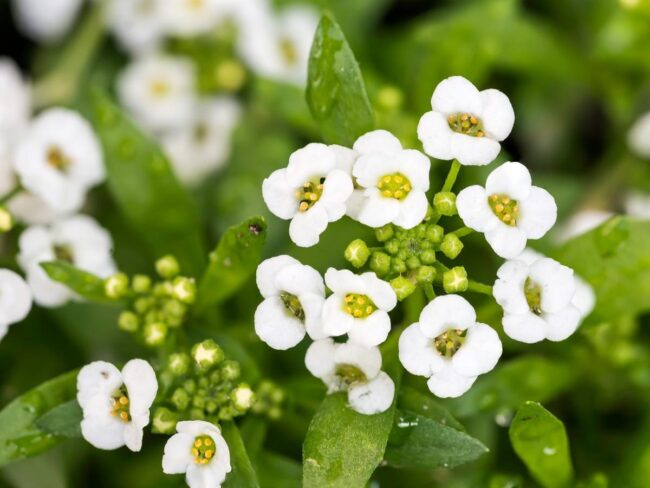

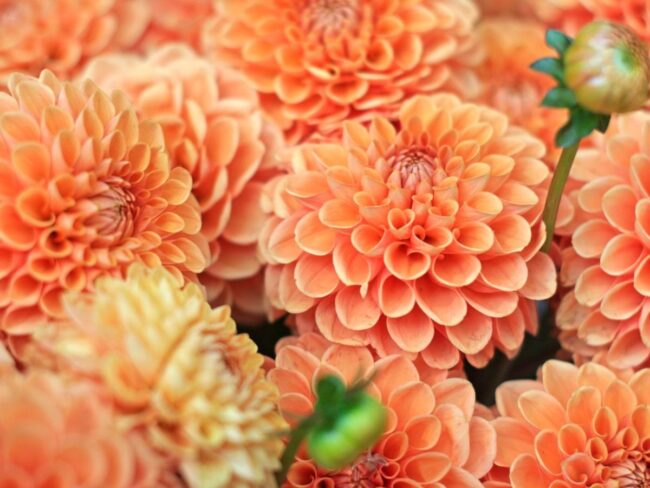
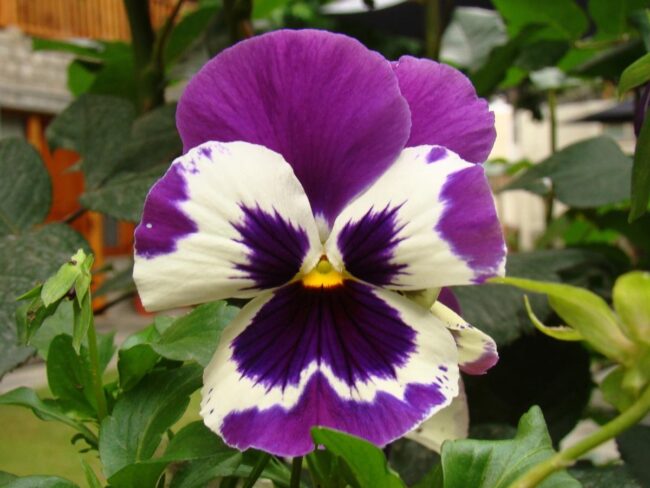
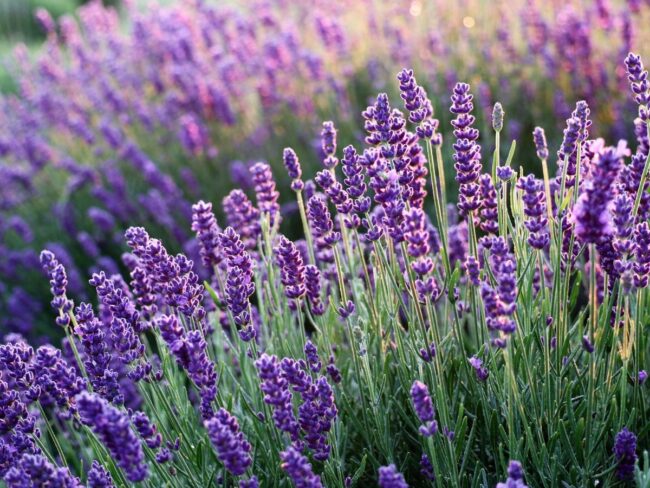
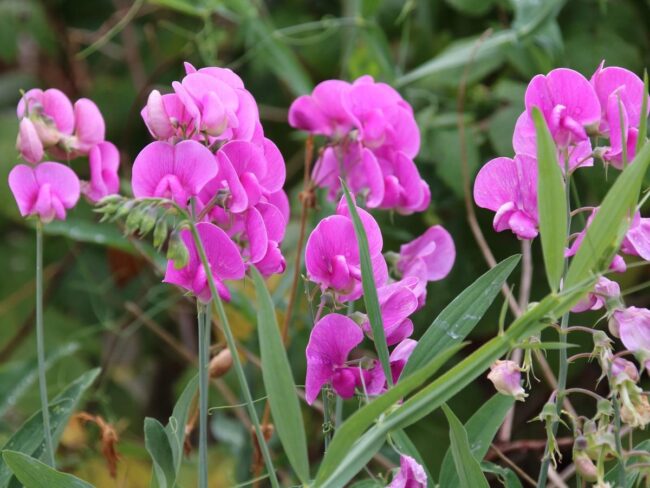
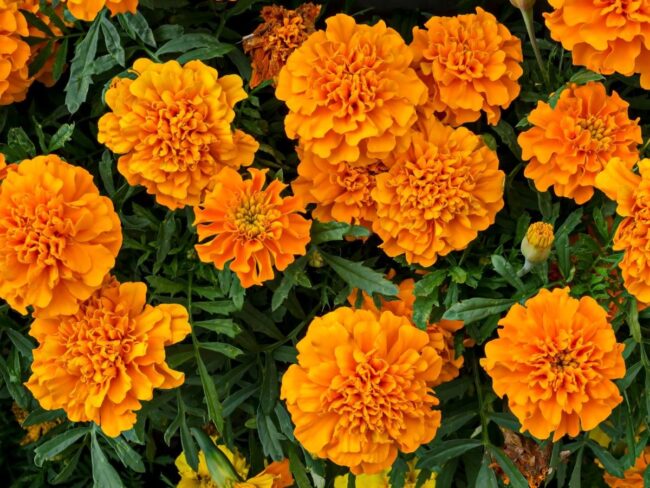
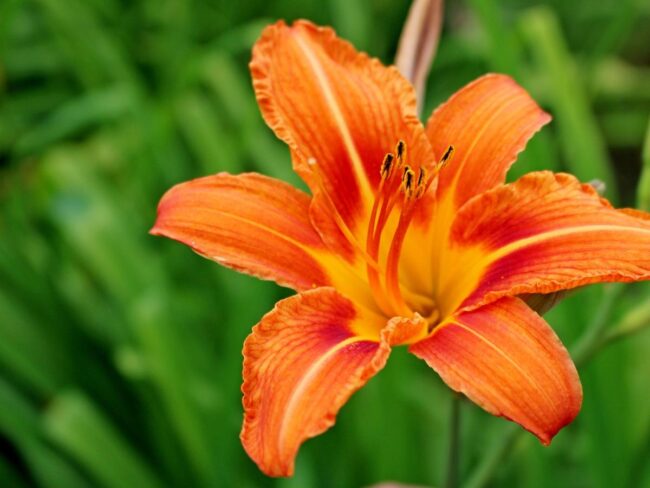
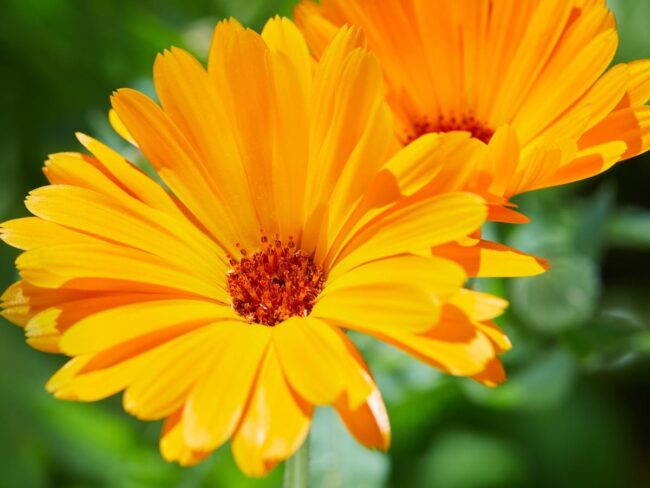
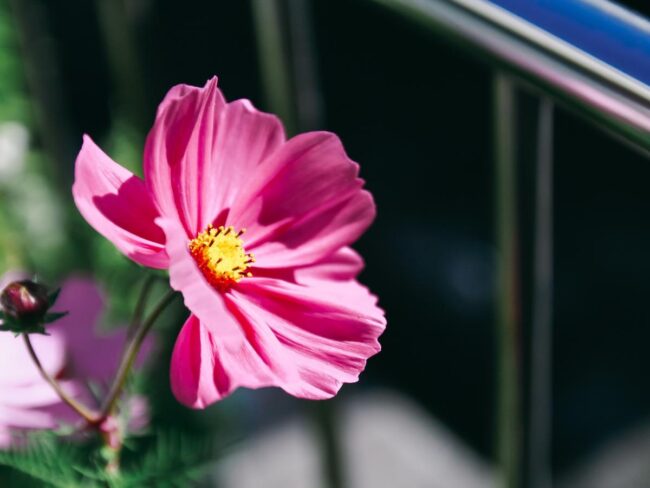
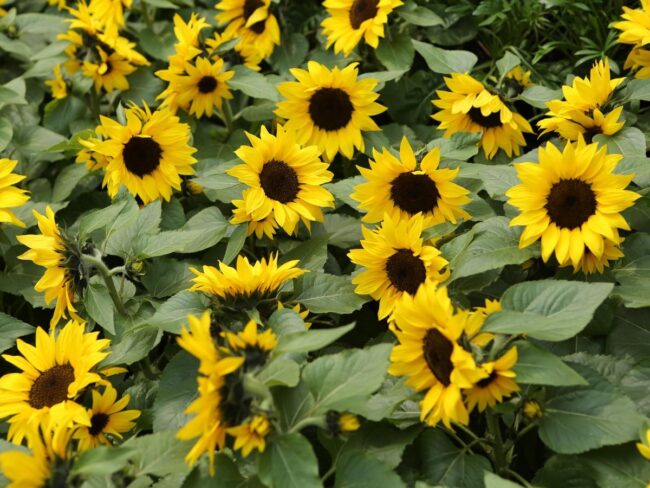
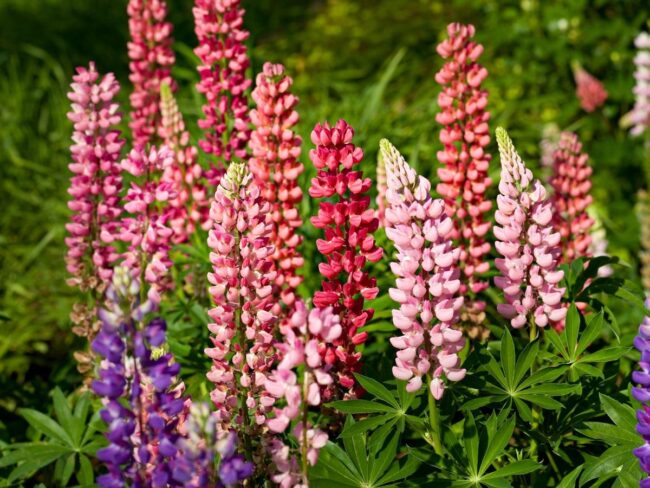
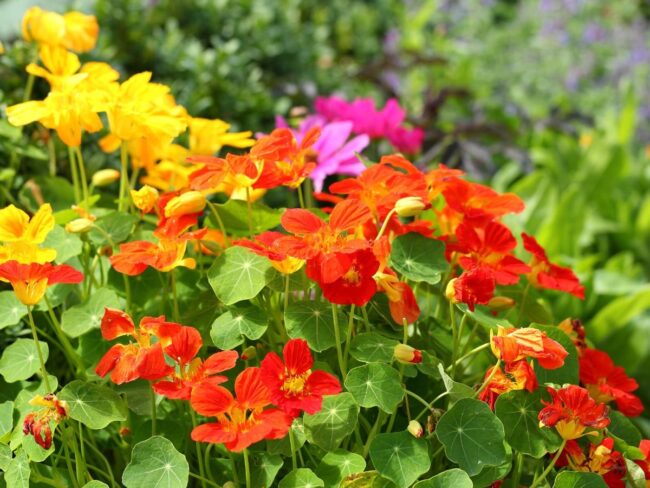
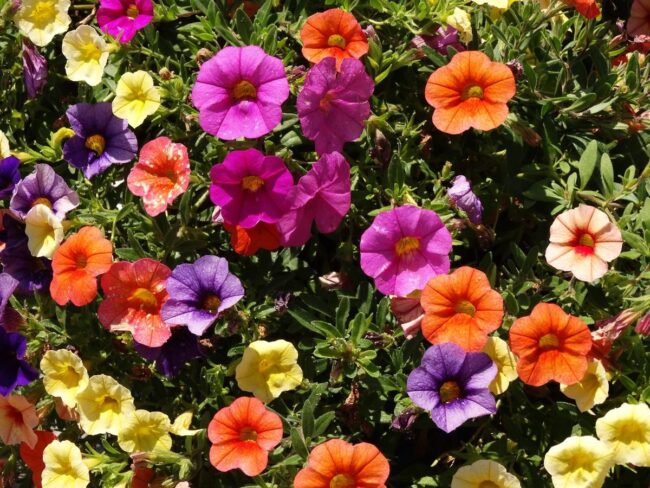
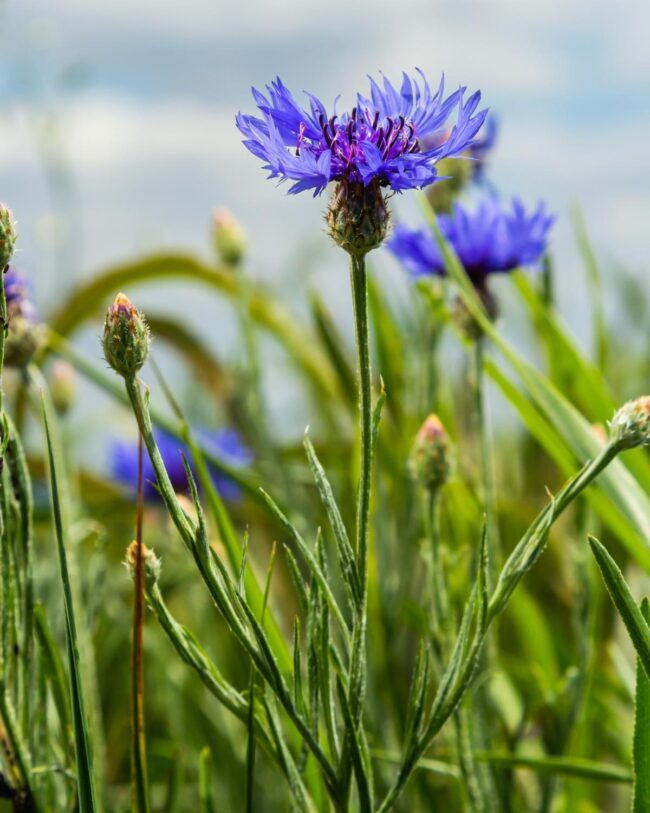
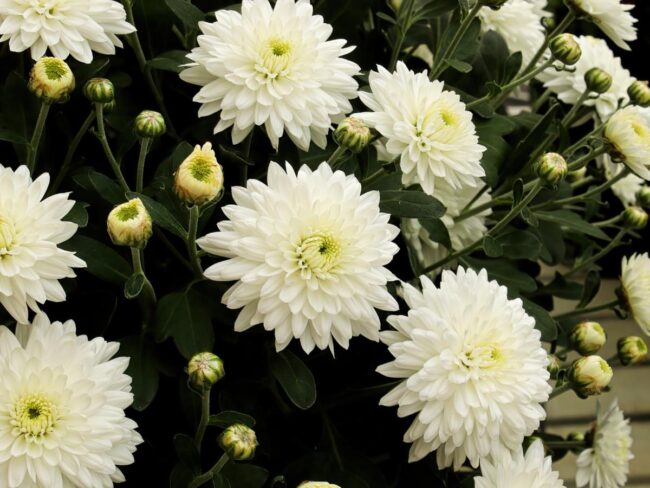
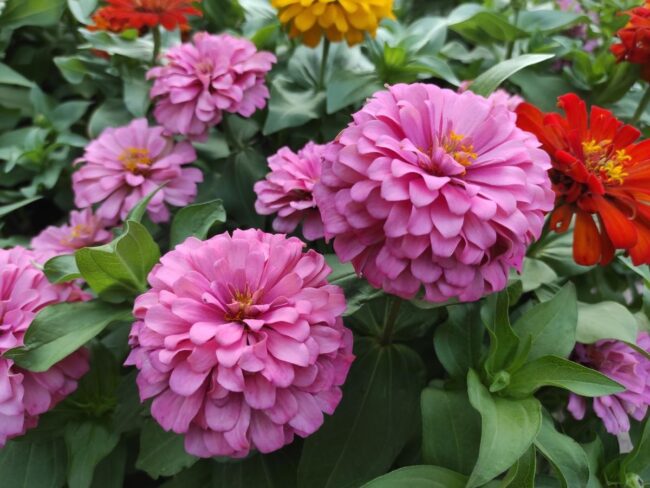
Liam Patel
Senior Editor & DIY Craftsman
Expertise
DIY home decor, interior design, budget-friendly styling, sustainable upcycling, creative crafting, editorial writing
Education
Pratt Institute, Brooklyn, NY
Liam Patel is the Senior Editor at Archeworks.org, where he shares creative DIY and home decor ideas. With a degree in Interior Design and years of experience in home styling, Liam focuses on easy, budget-friendly projects that make spaces personal and beautiful.
Liam’s tutorials, styling tips, and affordable solutions help readers design homes they love. He believes decorating is about self-expression and encourages everyone to embrace the joy of creating.